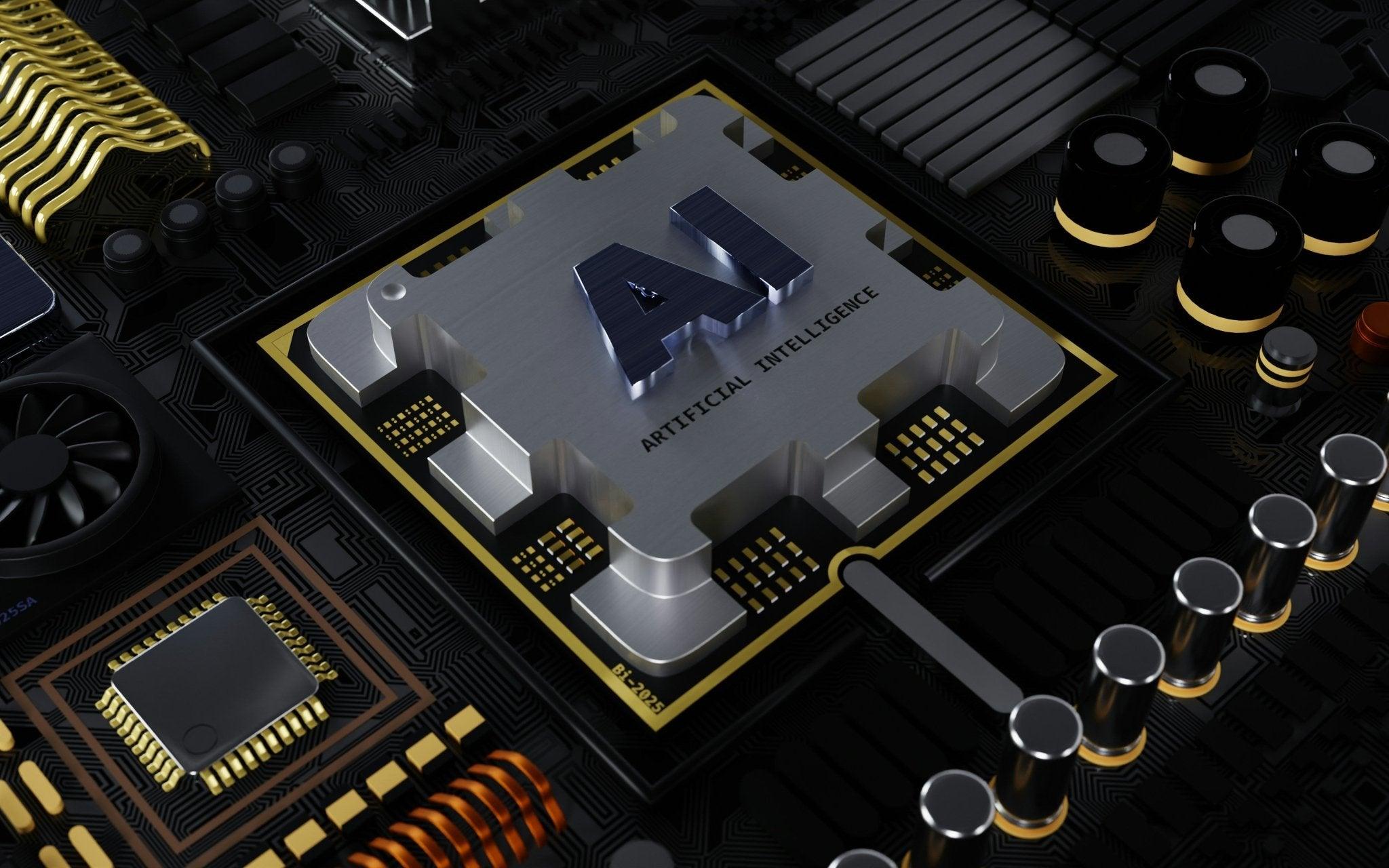Intel is about to take a significant step in CPU technology with the Arrow Lake processors . As the successor to the upcoming Meteor Lake series, Arrow Lake promises significant improvements in performance, efficiency and graphics capabilities. In this article, we present all the details known so far about this exciting new processor generation.
Introduction to Intel Arrow Lake
Arrow Lake is Intel's codename for its 15th generation of Core processors. These CPUs are designed to further close the gap between performance and efficiency and are part of Intel's aggressive roadmap to introduce new processor generations annually. Arrow Lake is expected to be available for both desktop and mobile devices, making it a versatile option for different user groups.
Architecture and Manufacturing Technology
Intel 20A process node
One of the biggest innovations is the introduction of the Intel 20A process node . This advanced manufacturing process marks the transition to Angstrom-era scale and is expected to significantly increase transistor density. With technologies such as RibbonFET (Intel's first gate-all-around transistor) and PowerVia (rear-side power supply), Intel aims to maximize performance while reducing power consumption.
Modular design
Arrow Lake relies on a modular architecture , similar to that introduced by Meteor Lake. This allows a flexible combination of processing cores, graphics and other specialized modules. By using chiplet designs, Intel can manufacture different components on different process nodes and thus optimize production costs.
performance improvements and efficiency
hybrid core design
The processors are expected to use a hybrid design with performance cores (P-cores) and efficiency cores (E-cores) . This design allows demanding tasks to be performed on high-performance cores while background processes run on energy-efficient cores.
Improved IPC
Intel is aiming for increased Instructions Per Cycle (IPC) , which directly leads to better single-core performance. Together with higher clock speeds and more cores, Arrow Lake could offer a significant performance boost over the previous generation.
Improved graphics solutions
Xe LPG Architecture
Arrow Lake is said to be equipped with the new Xe LPG graphics architecture , a further development of the Xe HPG architecture. This integrated GPU could raise graphics performance to a level that was previously reserved for dedicated graphics cards.
support for ray tracing and AI
With hardware-accelerated ray tracing and improved AI capabilities , Arrow Lake could set new standards for integrated graphics units. This is particularly interesting for gamers and content creators who want to benefit from powerful graphics without additional hardware.
support for DDR5 and PCIe 5.0
Future-proof connectivity
The processors are expected to support DDR5 memory and PCIe 5.0 . This ensures that Arrow Lake is compatible with the fastest storage and peripherals available, further increasing the overall performance of the system.
Expected release date
Although Intel has not yet announced an official release date, industry insiders suggest that Arrow Lake could launch in October 2024. This would be in line with Intel's usual two-year cadence and allow enough time for the new manufacturing technologies to be ready for market.
Conclusion
Intel Arrow Lake processors promise to mark a significant advancement in CPU technology. With a focus on higher performance, energy efficiency and improved graphics capabilities, they could redefine the desktop and mobile processor market. It remains exciting to see how these technologies will perform in real-world applications.


Share:
Steam Deck Charts in September 2024: The most popular games and trends
The Revolution of iOS 18: A Deep Look at Apple's Latest Operating System